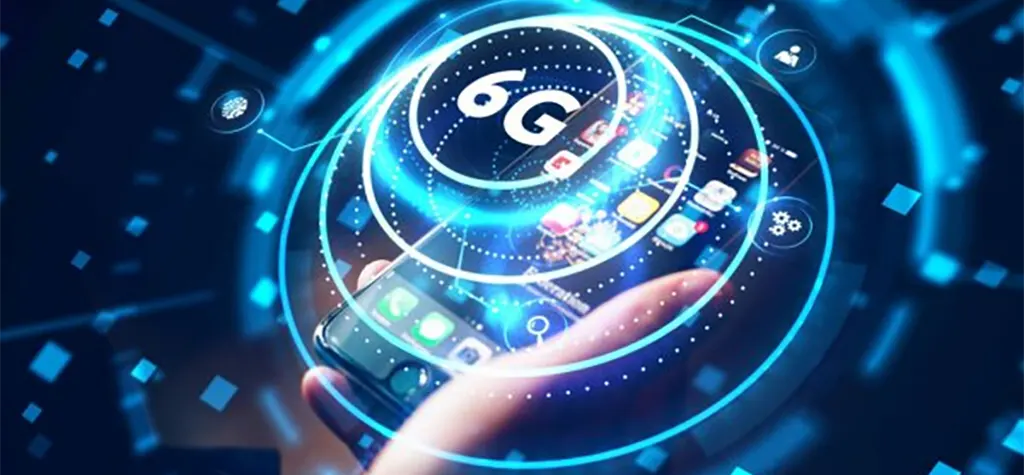
Imagine a teleconference, except instead of a checkerboard of faces, and you have holograms. Consider websites and media outlets that allow you to build haptic relationships throughout the Internet (i.e., those involving touch as well as sight and sound). Researchers exploring the future of sixth-generation (6G) wireless communications are now laying out the possibilities for the types of technologies available in 6G in the future.
Sixth-generation wireless technology will be classified by low latencies and ultrahigh frequencies, with data transfer speeds probably hitting 100 Gbps.
Harsh Tataria, communications engineering lecturer at Lund University, Sweden
Lund University, Spark New Zealand, the University of California (USC), and King’s College London researchers have recently published a paper in the IEEE, presenting a holistic, top-down view of 6G wireless system design. Their investigation started by considering the problem and technological requirements of next-generation networks and projecting some of the technical opportunities that could be available.
Such future-casting is to be expected as 5G deployment picks up speed worldwide, at which point subsequent generations of wireless technologies become more into focus. Tataria calls this “a natural progression,” to look at the emerging trends in technology and consumer demands. “When we look at 6G, we’re really looking at extensively connected communities,” he says, “even a step beyond what 5G is able of doing, such as real-time holographic communications.”
“Using holograms as a communication medium, emotion-sensing wearable devices capable of monitoring our mental health… will become the cornerstone of future networks”
The study outlines what it refers to as a “High-fidelity holographic society,” in which “Holographic presence will enable distant users to be rendered as a local presence.” Hologram renderings could benefit engineers performing remote troubleshooting and repairs, doctors performing remote surgeries, and improved remote education in classrooms.” The authors note that while 4G and expected 5G data rates might not allow for such technology solutions, 6G could because “holographic images will require transmission from various viewpoints to account for variation in angles, perspectives, and observer positions; related to the hologram.”

Another promising possibility mentioned in the study is what they call a haptic Internet. “We believe a family of neural actions could be integrated with holograms,” the authors write. “To that end, using holograms as a means of communication, emotion-sensing wearable devices capable of monitoring our mental fitness, assisting social interactions, and improving our user experience will enhance the foundation of future networks.”
Even fundamental circuits and substrates to develop circuits are incredibly tricky, as frequency bands move into the hundreds of microwave spectrum. So getting all of those things right, from the fundamental-level details to building a system, will be significantly more complex than what it first looked to be. As a result, their research attempts to investigate the trade-offs involved in each futuristic technology scenario.
As the authors point out, this study is not a comprehensive or definitive account of 6G’s capabilities and limitations; instead, it is a documentation of the research done thus far and the exciting directions for 6G technologies that future researchers may pursue.

































